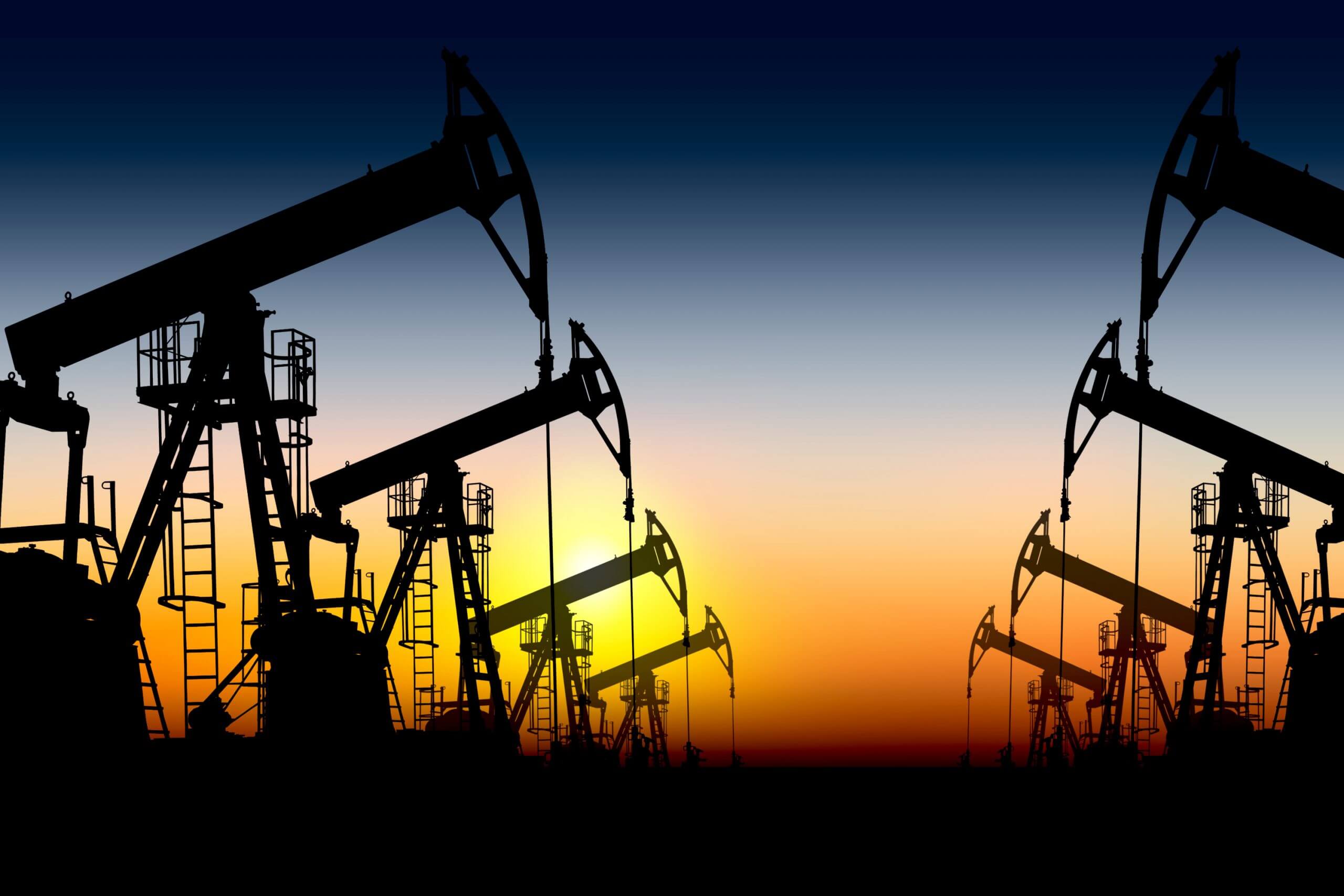Commodity markets have been volatile in 2022 due to sanctions on Russian exports and the restructuring of supply chains. The economic downturn and falling demand for raw materials in China also affected the global market. Here’s what happened to the top commodities according to Visual Capitalist research.
Coal
Coal consumption rose by only 1.2% to 8.025 billion tons. The previous record was in 2013 — 7.997 billion tons. But it was enough to send coal prices “to the moon”. Europe actively increased coal consumption by 5.7%. That was due to rising gas prices and a lack of electricity generation at hydroelectric and nuclear power plants.
Growth: 157%
Lithium
Today, lithium costs 13 times more than two years ago. The main driver is the green agenda and the development of the electric vehicle market.
Lithium demand has every chance to triple in the coming years, from 600,000 tons in 2022 to 2.4 million tons by 2030. Australia, Chile and China are the major producers.
Growth: 87%
Nickel
Nickel occupies 15.7% of the lithium-ion batteries market. The demand will continue to grow along with the electric car market.
According to forecasts, in 2022, metal production amounted to about 2865.5 thousand tons. That is 6.8% more than in 2021. The production leaders are Indonesia, China, and Russia.
Growth: 43%
Titanium
The lightweight, strong, and corrosion-resistant metal is actively used in the aerospace industry.
In 2022, the global titanium market amounted to $4.99 billion. The market will reach $6.13 billion by 2028. The expected CAGR is 3.5%. The world’s largest titanium producer is the Russian company VSMPO-Avisma.
Growth: 27%

Heating oil
That is a kind of petroleum fuel, obtained by the recycling of hydrocarbons. It is used in boiler rooms and various production industries. In the US, 4.1% of homes use fuel oil. Europe increased fuel oil consumption due to reduced pipeline gas supplies, but thanks to a warm winter and weak demand in China, fuel prices rose moderately.
Growth: 21%
Uranium
The uranium market growth is facilitated by the increase in nuclear power capacity, the growth of the urban population and the use of uranium for military purposes.
In the coming years, uranium production will grow by 4.46% per year, reaching 66.32 thousand tons by 2026.
Major uranium producers are Kazakhstan, Australia, Namibia, Canada, Uzbekistan, Niger, Russia, and China.
Growth: 12%
Platinum
The metal is used for airplane/rocket engines, in the automotive and jewelry industries. It is also used in detergent production, fertilizers, plastics, and explosives.
At the end of the year, China bought up more than 1.2 million ounces of platinum, spurring the price up. In 2023, a shortage of platinum is very likely, as demand will grow by 19% and supply by 2% only. Production leaders are South Africa, Russia, Zimbabwe, Canada, and the USA.
Growth: 9%
Molybdenum
About 80% of the mined molybdenum goes to the stainless steel industry, cast iron and heat-resistant alloys. It is also used to remove sulfur from natural gas and petroleum products, so the market is highly dependent on steel, oil, and gas industries.
The molybdenum market is likely to grow at an average rate of 2.8% a year until 2027. Leading manufacturers are Russia, China, Germany, and the USA.
Growth: 4%







